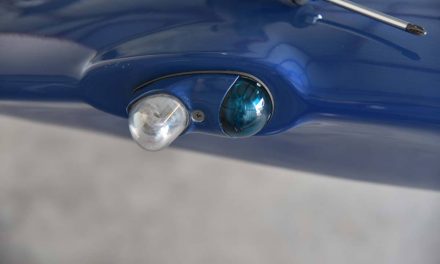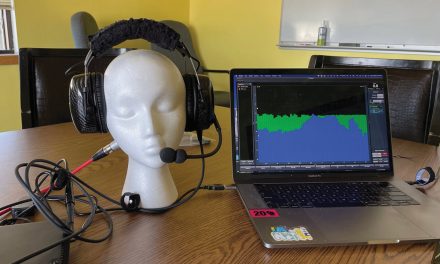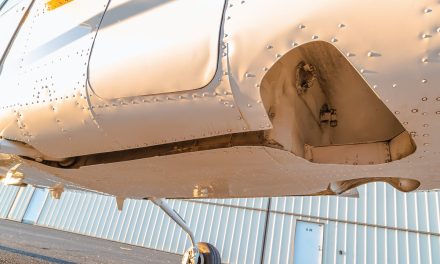Since I’m a long-time pilot, I’ve missed out on some of the research and knowledge that some of the younger pilots have acquired while going through flight training. As a result, I’m constantly reading everything there is on aviation and being safe. My commercial instructor, Paul Aydt, brought me up to speed on a couple of the more recent developments in safety, all having to do with alertness and fatigue.
Many of you, especially those who are aircraft renters, use a standard checklist that comes with your aircraft. This is a good start, but it leaves a lot to be desired. Your checklist was created and put in your aircraft manual when your aircraft was built and that was very likely many decades ago. So what modern safety lessons are missing from your checklist and what do you do about it?
Your checklist should include pretty much every piece of aircraft information that you need while operating your aircraft. Does your checklist contain information on every piece of equipment in your airplane since it was manufactured? Does it contain items about you, the pilot?
My checklist is five pages long and originated from my aircraft manufacturer. Almost every month or two I find a better way to do something and I’ll make a change, reprint it, put it in a folder or relaminate it, and stick it back in the airplane. However, my aircraft preflight checklist starts on Page 2, not Page 1. Paul explained that I need to do a preflight check on myself, too. So how do you do that? My Page 1 Pilots Personal Preflight Checklist is based on a couple of acronyms.
If you run down the list on my Page 1, you’ll see that I spend a few minutes on me. I stop everything that I’m doing on the airplane and take a deep breath and relax. Am I feeling well? Have I taken a medication that might impair my flying, like Benadryl in the allergy season? Am I stressed about something in my personal life or pressured to get somewhere in my plane that might cause me to make a mistake? Am I overtired or have I had enough sleep and food? Are my emotions in check? If the answer to even one of those questions is “no” I stay on the ground till I can resolve it.
Last year I achieved something I didn’t know existed and once I found out about it, I couldn’t believe that I actually qualified for it: I was given a Wright Brothers Master Pilot Award by the FAA. While most of the award is about being old, the other part is having flown 50 years without an accident. Being absolutely unbendable in my dedication to checklists has helped me achieve this goal. And Page 1 of my checklist is a major contributor to that achievement.
Checklists and Acronyms
I’M SAFE
I. Illness: I can’t be sick and fly safely.
M. Medication: Is my medication affecting my
alertness?
S. Stress: Is the weather, aircraft condition,
or passenger affecting me?
A. Alcohol: Eight hours from bottle to throttle
might not be enough!
F. Fatigue: Did I get enough sleep and food?
E. Emotions: Am I emotionally stable?
PAVE
P. Person: See I’M SAFE.
A. Aircraft: Baggage door closed and locked,
fuel and oil caps on securely?
V. Environment: Is the airport safe?
E. External pressures: Is family, employer, or
weather pushing too hard?
Flight Planning
- Current charts and maps loaded into GPS and ForeFlight?
- Plan route.
- Check weather, plan alternates.
- Check weight and balance, must be done before fueling aircraft.
- Check fuel requirements and fuel aircraft accordingly.
- Check altitude requirements.
- Check TFRs.
Night Flight
• Check aircraft lights, interior and exterior.
• Two flashlights plus spare batteries.
• Make sure my backup handheld nav/comm is working and I have spare batteries.





